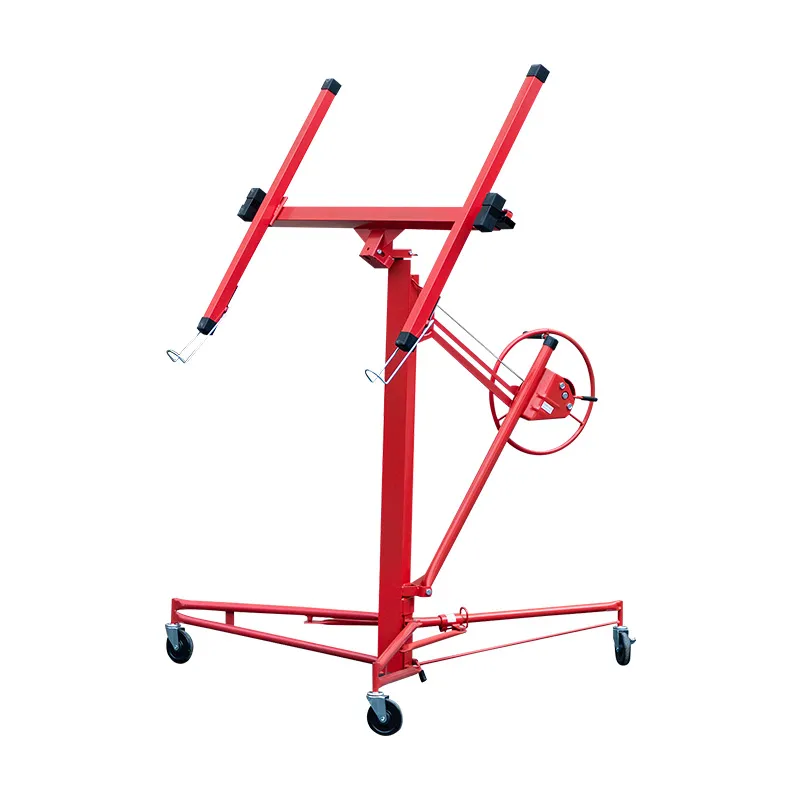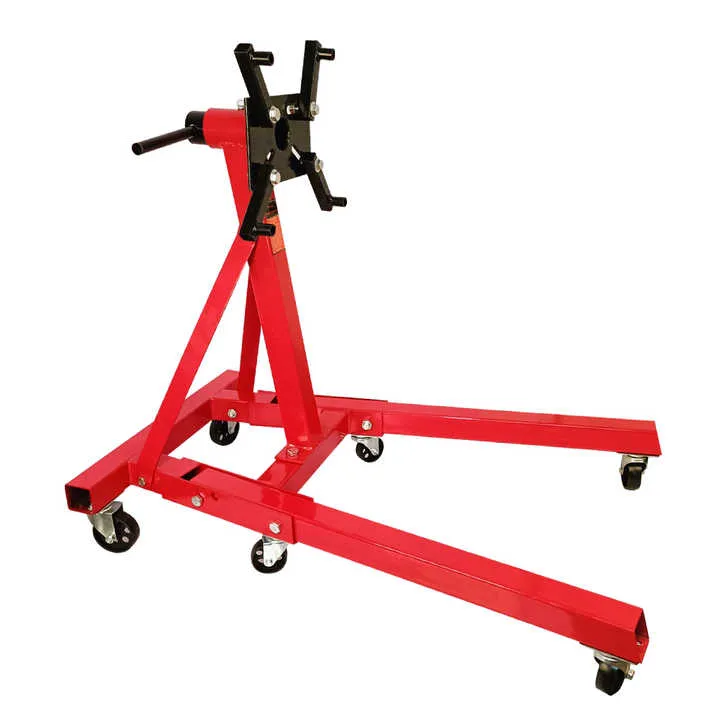2 月 . 07, 2025 01:27
Back To List
car jack with jack stands
Selecting the right equipment for lifting and stabilizing your vehicle is crucial for safety and efficiency in automotive maintenance. As someone deeply embedded in the automotive repair realm, understanding the nuanced differences between car jacks and jack stands, and their harmonious operation, is paramount to ensuring a secured working environment.
Consider the experience shared by many seasoned mechanics. A car jack lifts the car to a desired height efficiently, but during the operation, it’s paramount to quickly employ jack stands. Real-world experience suggests double-checking that all parts are functioning correctly to prevent any mishap. The car should be on a firm and level surface; failure to follow this can lead to catastrophic results. Always engage the parking brake and use wheel chocks to further enhance safety. This real-life insight into the deployment of car jacks and stands not only solidifies one's proficiency but also enhances the trust others may place in your automotive advice. Anecdotal evidence from experts underscores the importance of regularly inspecting both jacks and stands for wear and tear. Metal fatigue or rust could compromise the integrity of these tools, leading to potential safety hazards. Therefore, in practice, checking the mechanical parts, lubrication points, and even a periodic cleaning schedule should be a routine part of tool maintenance. In sum, the competent use of a car jack and jack stands entails more than understanding how to operate them—it requires integrating the experience of understanding and applying the principles of mechanical safety consistently. Mastery in this area reflects not just an assurance in one’s workspace, but instills confidence and trust amongst peers and clients. This subtle yet significant aspect of car maintenance holds transformative potential in turning a good home mechanic or a professional garage into an authoritative force in automotive safety.


Consider the experience shared by many seasoned mechanics. A car jack lifts the car to a desired height efficiently, but during the operation, it’s paramount to quickly employ jack stands. Real-world experience suggests double-checking that all parts are functioning correctly to prevent any mishap. The car should be on a firm and level surface; failure to follow this can lead to catastrophic results. Always engage the parking brake and use wheel chocks to further enhance safety. This real-life insight into the deployment of car jacks and stands not only solidifies one's proficiency but also enhances the trust others may place in your automotive advice. Anecdotal evidence from experts underscores the importance of regularly inspecting both jacks and stands for wear and tear. Metal fatigue or rust could compromise the integrity of these tools, leading to potential safety hazards. Therefore, in practice, checking the mechanical parts, lubrication points, and even a periodic cleaning schedule should be a routine part of tool maintenance. In sum, the competent use of a car jack and jack stands entails more than understanding how to operate them—it requires integrating the experience of understanding and applying the principles of mechanical safety consistently. Mastery in this area reflects not just an assurance in one’s workspace, but instills confidence and trust amongst peers and clients. This subtle yet significant aspect of car maintenance holds transformative potential in turning a good home mechanic or a professional garage into an authoritative force in automotive safety.
Prev:
Products categories
Latest News
-
Unlock the Power of the Spring Compressor for Your Projects
NewsApr.01,2025 -
Unlock the Power of Safe and Efficient Compression with the Spring Compressor
NewsApr.01,2025 -
Unlock Maximum Efficiency with the Spring Compressor
NewsApr.01,2025 -
Maximize Efficiency and Safety with the Spring Compressor
NewsApr.01,2025 -
Discover the Efficiency of the 2 Ton Foldable Shop Crane: A Must-Have for Auto Repair and More
NewsApr.01,2025 -
Discover the Best Spring Compressor for Your Needs
NewsApr.01,2025 -
Unlock the Full Potential of Your Workspace with the Tools Trolley
NewsMar.21,2025















